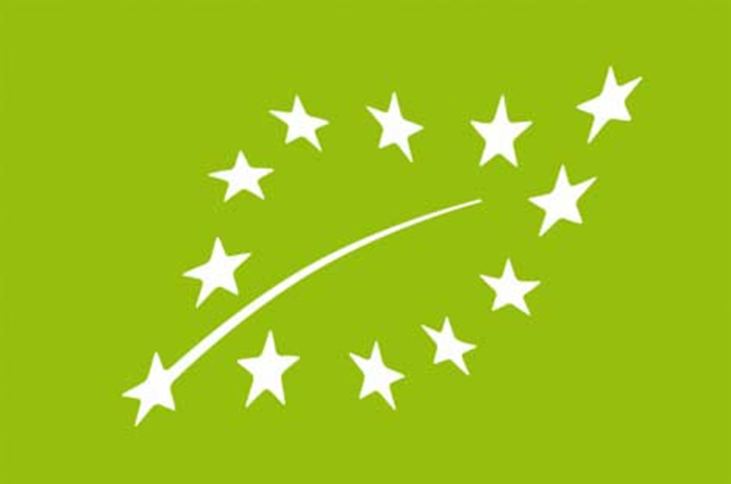Ever since the 1st of July, 2010, as required by EU law, registered manufacturers shall have the above label printed on the package of their products. When this pattern is placed on the packaging of agricultural products, it signifies that the production method of this product conforms to the pertinent regulations of the EU on organic production. The said product, accordingly, is what commonly known as “organic product”. The above label is known in the industry as “Euro Leaf” or “the Leaf of Europe”, because the logo shares similarities with the EU flag, being composed of 12 stars forming the pattern of a leaf on a green background. The “Leaf of Europe” symbolizes the combination of Europe and nature. Certified personnel will visit the manufacturer once a year to conduct inspections to ensure that the products meet the relevant standards.https://www.youtube.com/watch?v=J3aBSi7l4xs
The official in the video above explains the labelling policy of the logo, as he believes that introducing the logo would boost the organic industry across Europe. So what are the reasons then, for the EU to boost organic industry? To answer this question, we shall begin by introducing the basic concept of organic production.
The EU-Eco-Regulation, passed by the Council of the European Union in 2007, laid the legal framework for all levels of production, distribution, control and labelling of organic product in the EU. According to the regulation, in a broad sense, organic production requires the combined practice of the following elements: environmental production practices, high level of biological diversity, protection of natural resources, strict animal welfare standards and finally, agricultural products need to be produced from natural raw materials and in line with the laws of nature. Organic production affects the society in two different directions: on one hand, organic production responds to the market’s demand for organic food; on the other hand, organic production is conducive to environmental protection, animal welfare and rural development.
In 2016, the IFOAM EU (International Federation of Organic Agricultural Movements, EU Group) published a report on the situation of organic production in EU member states. The data shows that the organic market has reached a double-digit increase in the last ten years (see Figure 1). However, although the demand for organic food has risen substantially, the development of organic farmland in the EU is slowing down or in some Member States even stagnating or decreasing. This phenomenon suggests that the organic agriculture in EU countries still faces challenges. According to the report, some EU countries give less priority to organic agriculture areas in allocations of EU funding than others. The creation of favourable environment for its development is affected by presence (or lack) and efficiency of additional support measures and concrete national and regional action plans. The sector also struggles with inefficiencies in product supply chains, and opaque information about the market, which creates difficulties in attracting investments. However, it is believed that with the steady growth of market demand, the EU and its member states should be able to find answers to many difficult problems in the development of organic production.
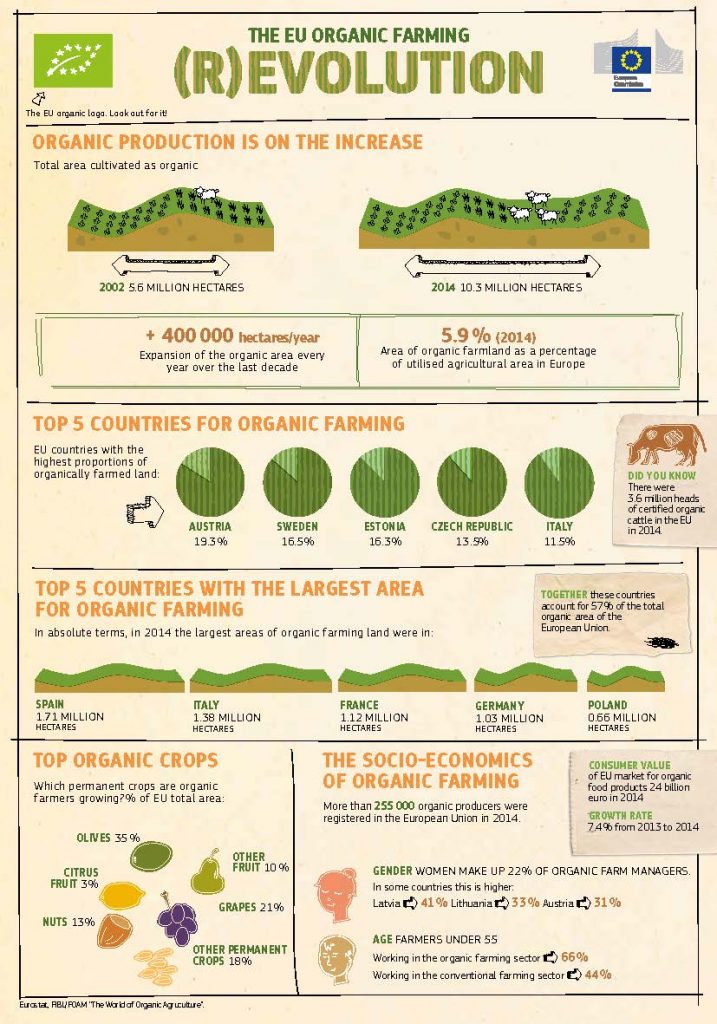
So what are the exact requirements for organic products — which are so popular with European consumers — to be labeled “Euro Leaf”? According to relevant regulations, as long as equal to or more than 95% of agricultural ingredients in the products meet EU standards on organic products, they can be labeled with this logo. Therefore, because of the “Euro Leaf” on the beef box in the picture below, we are able to identify that the beef in the box below is “Organic Beef”, which comes from an “Organic Farm” (If you are interested, please click the link below to have a peek on organic farming).
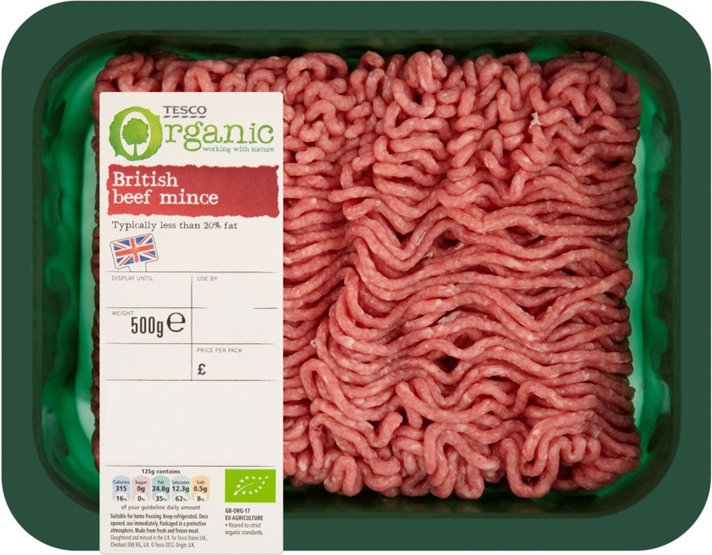
At the beginning of this article we mentioned the labelling of organic products using the example of the “Euro Leaf”. Now we shall move swiftly on to the other area of our focus — production. What then, are the requirements the “Euro Leaf” concerns about the production process of organic farms? Pertinent regulations, embedded in the EU-Eco-Regulation, are legislated depending on the categories of products. For plants for example, clauses generally focus on conserving the condition of soil, limiting the usage of fertilisers and conditioners, and using environmentally friendly techniques as means of prevention of damage by pests, diseases and so on. Apart from plants, the chapter also covers the production of aquaculture animals, seaweed and livestock. Taking livestock production as an example. According to the EU-Eco-Regulation, the following six areas are included: origins of the animals, husbandry and housing conditions, Feeding of Livestock, Breeding of Livestock, Disease Prevention and Veterinary Treatment, and Cleaning and Disinfection. The content of each component is determined by the elements of organic production mentioned above.
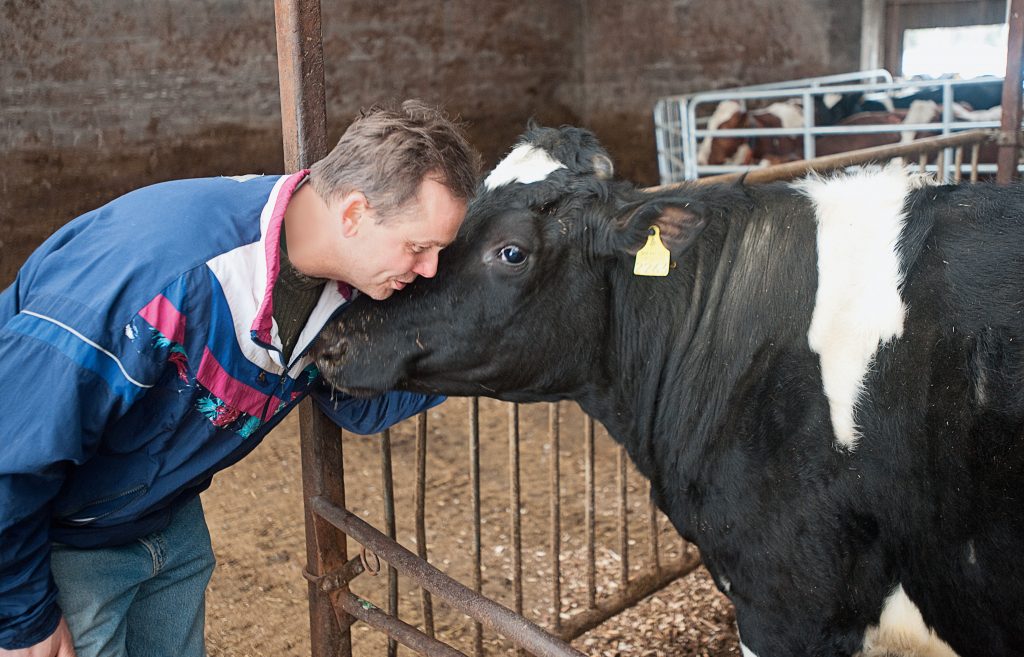
- Regarding the source of livestock, requirement stipulates that the breeding and cultivation of livestock should be carried out in organic farms. Staffs are expected to have relevant knowledge of animal health and welfare.
- “Husbandry and housing conditions” requires that the staff should consider their stock density and agricultural practices on account of various factors such as land bearing capacity and environmental pollution. For example, in order to avoid overgrazing causing damage to the fertility of farmland (thus further affecting the ecological cycle), staff may consider a one or two-year rotation in grazing the land. The article also requires staff members to choose suitable living conditions, breeding methods and stocking densities for livestock, and pay attention to the openness and adequate feeding space for livestock. Finally, in order to ensure animal welfare, staff must minimize the transportation time of livestock and minimize animal suffering throughout the animals’ lives, including during slaughter.
- “Feeding livestock” section requires the feed of the livestock to be made out of 100% organic raw materials. Meanwhile, growth promoters and synthetic amino-acids are prohibited.
- Regarding “livestock breeding”, the cloning of animals or transferring of embryos is strictly forbidden. The breeding of livestock is demanded to be natural (artificial insemination is however allowed).
- “Disease prevention and veterinary treatment” puts forward restrictions on the use of medicines for sick animals and emphasizes that the health status of livestock should be guaranteed by selecting the appropriate breed and stocking density, improving their living conditions (such as high quality feed, exercise, adequate housing, hygienic conditions etc.)
- With regard to “cleaning and disinfection”, products for cleaning and disinfection in livestock buildings and installations need to be authorised for use in accordance with the restrictions listed in the regulation.
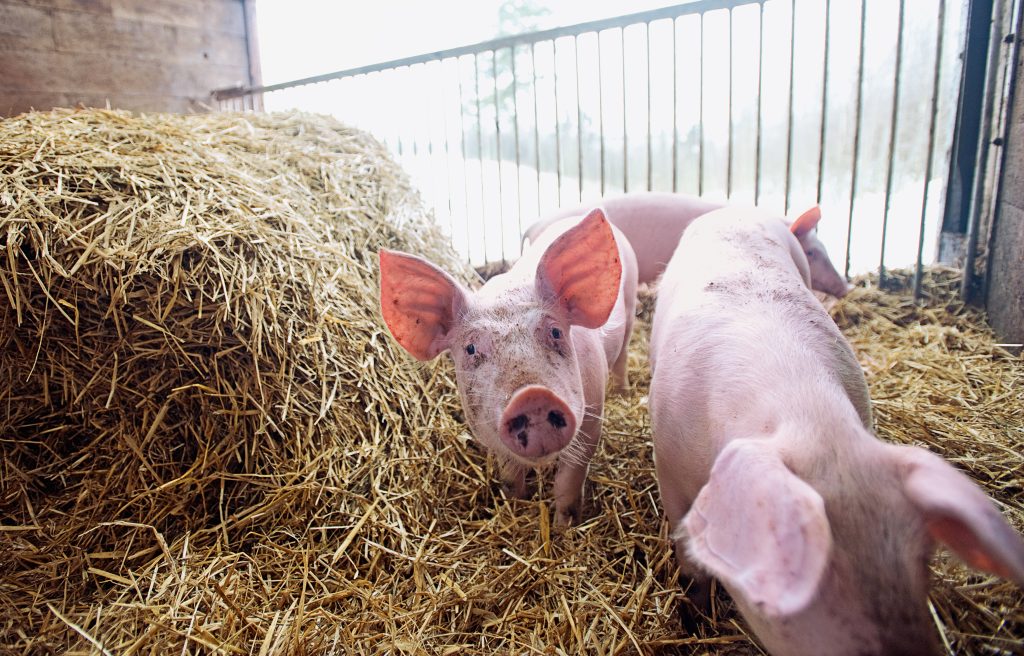
In the above discussion we have generally introduced the rules for the process of labelling and production of organic products in EU. For actual application of those rules, the European Commission also adopted regulations specifying detailed rules on production, labelling and control, along with rules concerning import of organic products from third countries. It is really remarkable that a small label of “Euro Leaf” has so many demands on the entire organic production of Europe. However, as mentioned above, organic production is beneficial to the environment, animal welfare and rural development. And the current market reaction to organic agricultural products is indeed positive, the implementation of organic production therefore, is one of the EU’s major objectives for the development of agriculture. The emergence of the organic trademark “Euro Leaf” not only plays an important role in providing convenience for consumers to differentiate the nature of products, but also encourages food producers to further engage in the practice of organic production in response to market demands.
Sources and further readings:
European Commission – Agriculture and Rural Development: Organic Farming. https://ec.europa.eu/agriculture/organic/index_en. Council Regulation on organic production and labelling of organic products and repealing Regulation. (EU-Eco-Regulation). https://ec.europa.eu/agriculture/organic/eu-policy/eu-rules-on-production/legal-frame_en Commission Regulation with detailed rules on production, labelling and control. https://ec.europa.eu/agriculture/organic/eu-policy/eu-rules-on-production/legal-frame_en Commission Regulation with detailed rules concerning import of organic products from third countries. https://ec.europa.eu/agriculture/organic/eu-policy/eu-rules-on-production/legal-frame_en Questions and Answers on “Euro Leaf”: https://ec.europa.eu/agriculture/organic/sites/orgfarming/files/docs/body/organic_logo-faq_en.pdf.
IFOAM EU – Organic in Europe: Prospects and Developments 2016. http://www.ifoam-eu.org/sites/default/files/ifoameu_organic_in_europe_2016.pdf.

